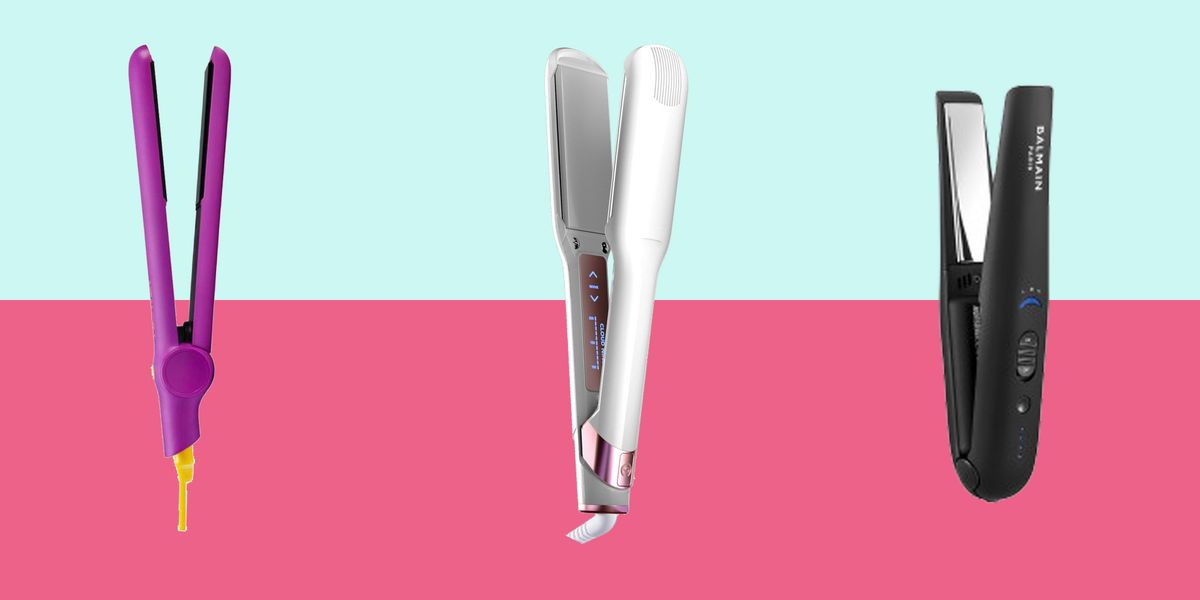
Straighteners are a big investment, so you need to make sure you’ve got all your hair needs covered in one tool before you make the commitment to buy. If you’re not sure what all those buzzwords mean on the side of the box, we’ve simplified them below, so you can figure out what to prioritise.
Variable temperature settings: this is useful if you’re planning on sharing your device. Lower heat suits fine hair best, while thick or coarse tresses may need more heat to be effective.
Ionic technology: when there’s too much positive charge on each hair strand, they begin to repel each other, making hair static and flyaway. This technology helps to neutralise the charge, smoothing strands down instead.
Ceramic plates: they are slower to warm up than other materials, but they distribute heat more evenly. They tend to be cheaper too, but are more prone to chipping.
Titanium/metal plates: these get very hot quickly but tend to be expensive. Improper usage can cause heat damage, too. We recommend leaving these hair straighteners on your locks for only a few seconds at a time.
Ceramic-coated plates: they usually have a metal base topped with a ceramic layer, combining the best qualities of both materials. The outer layer can chip and wear away over time, but a good-quality model should last you at least three years if stored properly.
Additional accessories: higher priced straighteners may come with accessories such as a heat mat, gloves and a travel case.
